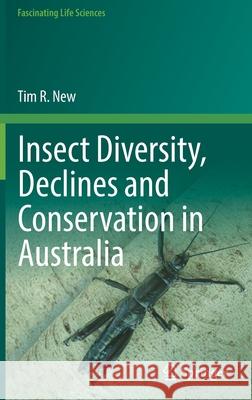Insect Diversity, Declines and Conservation in Australia » książka
topmenu
Insect Diversity, Declines and Conservation in Australia
ISBN-13: 9783030901332 / Angielski / Twarda / 2022 / 250 str.
Insect Diversity, Declines and Conservation in Australia
ISBN-13: 9783030901332 / Angielski / Twarda / 2022 / 250 str.
cena 483,04
(netto: 460,04 VAT: 5%)
Najniższa cena z 30 dni: 462,63
(netto: 460,04 VAT: 5%)
Najniższa cena z 30 dni: 462,63
Termin realizacji zamówienia:
ok. 22 dni roboczych
Dostawa w 2026 r.
ok. 22 dni roboczych
Dostawa w 2026 r.
Darmowa dostawa!
Kategorie:
Kategorie BISAC:
Wydawca:
Springer
Język:
Angielski
ISBN-13:
9783030901332
Rok wydania:
2022
Ilość stron:
250
Waga:
0.52 kg
Wymiary:
23.39 x 15.6 x 1.6
Oprawa:
Twarda
Wolumenów:
01
Dodatkowe informacje:
Wydanie ilustrowane











